Opinion – There are just too many examples of innovations taking place in the clean energy industry. This sector continues to evolve rapidly, driven by the need to combat climate change, improve energy security, and reduce greenhouse gas emissions. As technology progresses and economies of scale are achieved, clean energy solutions are becoming more competitive with traditional fossil fuels, leading to a more sustainable energy future.
Introduction
The urgency of addressing climate change has brought the clean energy industry into the spotlight. Over the past few decades, groundbreaking innovations have paved the way for a greener and more sustainable future. Today, we will explore some of the most exciting advancements in the clean energy sector, highlighting how these innovations are shaping the global decarbonization scenario.
- Solar Photovoltaic (PV) Technology
Solar power has come a long way since its inception, and the continuous innovation in solar photovoltaic technology has been instrumental in its widespread adoption. High-efficiency solar panels are now more accessible, converting sunlight into electricity more effectively and economically. Additionally, bifacial solar panels capture light from both sides, amplifying energy output. These advancements have turned solar energy into a cost-competitive and reliable renewable energy source.
Global Decarbonization Scenario: The widespread deployment of solar PV systems has contributed significantly to global decarbonization efforts. With solar power installations increasing exponentially, the transition to clean energy has accelerated, leading to a reduction in carbon emissions worldwide.
- Wind Power Advancements
Wind power is another pillar of the clean energy revolution, and the technology behind wind turbines has undergone impressive strides. Modern turbines are larger and more efficient, capturing more wind energy and generating higher electricity outputs. Furthermore, the advent of floating wind farms is expanding offshore wind opportunities in deeper waters, unlocking the vast potential of this abundant and sustainable energy source.
Global Decarbonization Scenario: With more countries investing in wind energy, the global decarbonization scenario is witnessing a significant shift. Wind power has emerged as a competitive alternative to fossil fuels, leading to a substantial decrease in greenhouse gas emissions and improving overall air quality.
- Energy Storage Solutions
Energy storage is a critical component in the integration of renewable energy into power grids. Advances in grid-scale batteries have revolutionized the clean energy landscape, enabling better energy management and grid stability. Additionally, solid-state batteries are on the horizon, promising higher energy density and faster charging rates, which will further enhance the viability of clean energy solutions.
Global Decarbonization Scenario: Energy storage solutions play a pivotal role in balancing the intermittency of renewable energy sources. By allowing excess energy to be stored and used during peak demand periods, energy storage technologies contribute to a more stable and resilient grid, accelerating the global transition to cleaner energy systems.
- Hydrogen as a Clean Energy Carrier
Hydrogen is gaining prominence as a clean energy carrier, capable of storing and transporting energy in various applications. Green hydrogen, produced through electrolysis powered by renewable energy, offers a carbon-neutral alternative to conventional hydrogen production methods. Additionally, advancements in fuel cell technology are making hydrogen fuel cells more efficient and commercially viable, facilitating their adoption in transportation and stationary power generation.
Global Decarbonization Scenario: The rise of hydrogen as a clean energy carrier is pivotal in decarbonizing industries that are challenging to electrify directly. Green hydrogen is expected to play a crucial role in sectors such as heavy industry and long-haul transportation, significantly contributing to global decarbonization efforts.
- Smart Grids and Demand Response
Smart grid technologies are transforming the traditional electricity grid into an intelligent and adaptive energy distribution network. These innovations optimize energy delivery, incorporating renewable energy sources seamlessly and empowering consumers to make informed energy choices. Additionally, demand response programs incentivize consumers to adjust their electricity usage during peak hours, reducing strain on the grid and reliance on fossil fuel-based power plants.
Global Decarbonization Scenario: Smart grids and demand response programs enable the integration of more renewables into the energy mix. By increasing grid efficiency and promoting energy conservation, these innovations drive the global shift towards a low-carbon and sustainable energy future.
Conclusion
The clean energy industry is experiencing an era of remarkable innovation, with technologies rapidly evolving to address the challenges of climate change and global decarbonization. From solar and wind power advancements to energy storage solutions, hydrogen as a clean energy carrier, and smart grid technologies, each innovation plays a crucial role in shaping a sustainable future.
As we embrace these innovations and continue to invest in clean energy research, we pave the way for a world that thrives on renewable resources, reduced carbon emissions, and enhanced energy security. Together, these advancements signify a collective commitment towards a greener, cleaner, and more sustainable planet for generations to come. Let us seize these opportunities and work hand in hand to drive the transition to a truly sustainable future.
Read also: 6 Electric Vehicle charging solutions of a decarbonized future



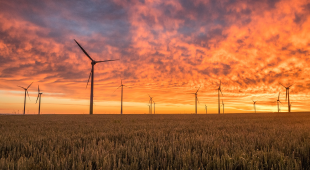
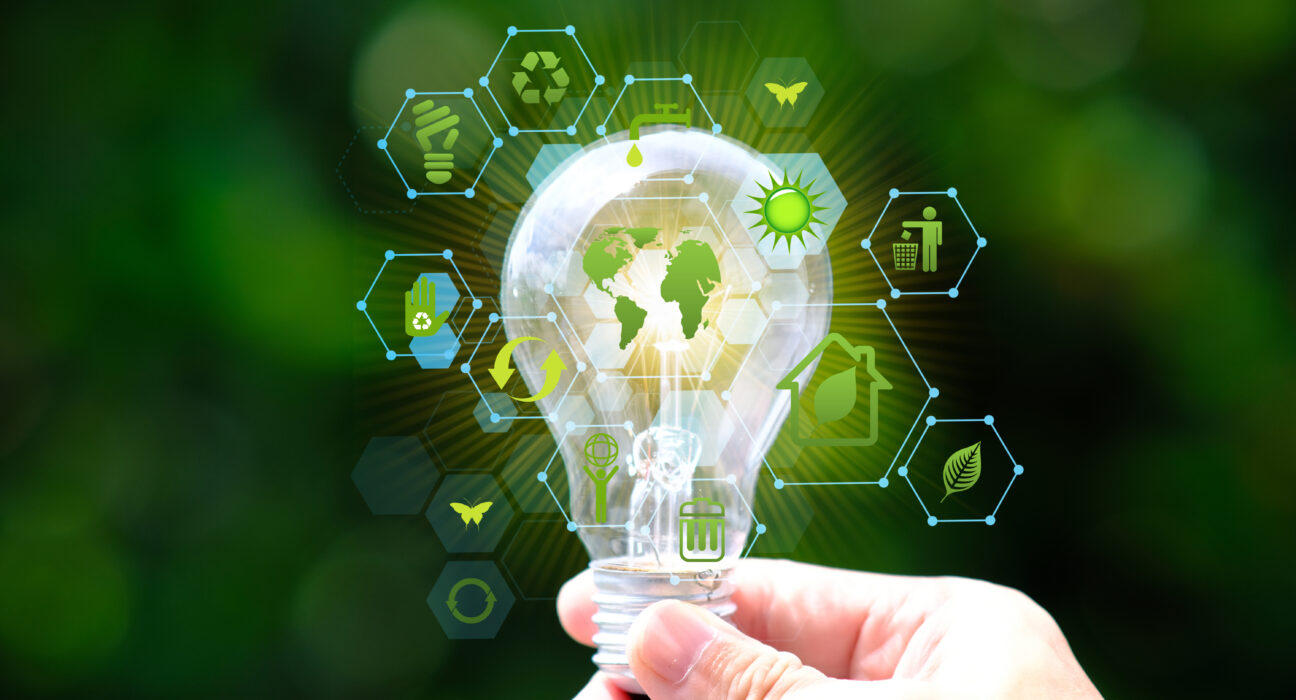


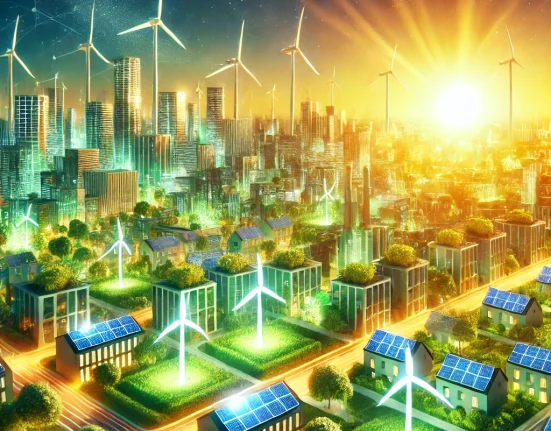

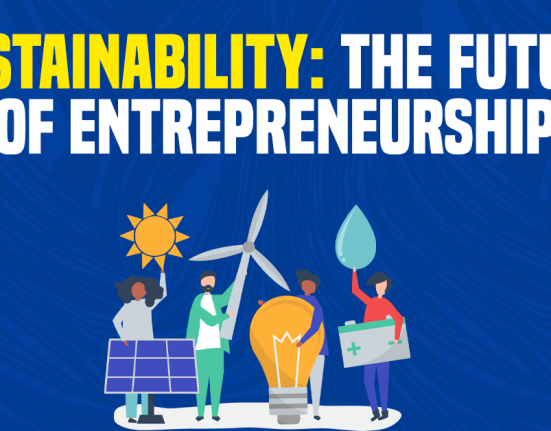
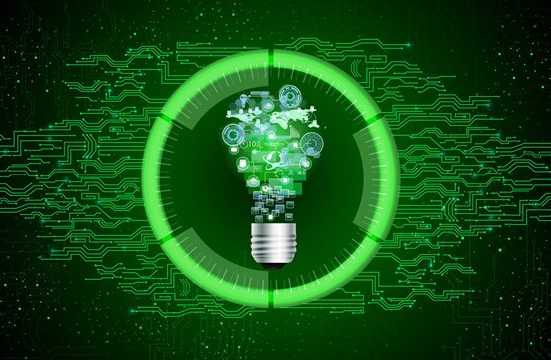
Leave feedback about this